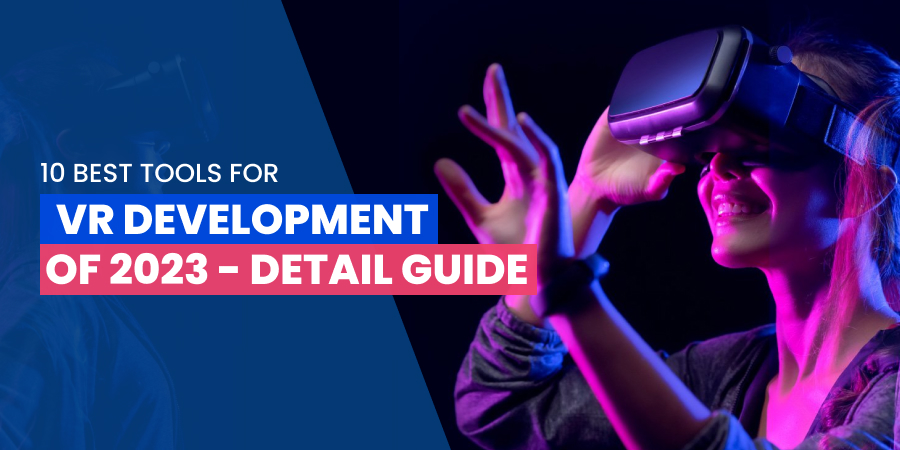
Author: Hania Saleem, Jan 30, 2023
Blog
In this modern era technology is constantly evolving and integrating itself into various aspects of human life.
With every day new technology breakthroughs in the market while disrupting its competitors to keep up. Virtual reality is one of those technologies.
Every individual now owns a smartphone and within the year 2025, it is estimated that mobile apps will generate a revenue of more than 613 billion U.S. dollars.
The escalating dependency on technology has made the boring and ordinary app concepts now outdated and does not really attract much attention.
Every user now desires an exceptionally realistic and out-of-the-box experience with technology. This is why the integration of VR technology has recently taken a rise in the number of apps using it.
If you have read this blog up till now, the chances of you looking to build a feature-rich VR-integrated app are high.
In this brief guide, we will introduce you to what exactly is the concept of “Virtual Reality” and, further, list down 10 robust VR software development tools for you to pick from and get started on your app.
Let us dive right in and unpack the details!
Intro To VR Software Development Tools
VR software development is a tool used by developers to design, develop and deploy immersive, simulated 3D environments. These tools include a combination of diverse software libraries, programming languages, and integrated development.
They provide developers with a way to create or edit pre-existing three-dimensional models and environments in a customized manner to attract their potential target market. Moreover, it allows them to add various other interactive and captivating features to enhance the overall virtual reality experience.
From simple VR games to complex VR simulations, these tools can pull together all the needed digital elements and create VR experiences that run on a range of platforms.
The Top 10 Tools for VR Development
Now that you have understood the concept of how VR development tools work and their multi domain integration, let us align you with the top-tier VR development tools to get you started.
Here's a brief description of the top 10 VR development tools for 2023!
1.Unity
Unity is one of the leading VR development tools especially widely used to build robust games such as Pokemon Go and much more. It is a cross-platform tool that allows the creation of VR content that is friendly to diverse platforms such as PC, console, mobile, and web.
Using high-fidelity graphics allows developers to create advanced VR system applications with compatibility with different VR headsets. This game engine supports VR devices such as head-mounted displays including Oculus Rift and HTC Vive.
Unity offers a wide range of assets and plugins such as the SteamVR plugin providing support to its platform which helps the developers in enhancing the overall user-centric VR experience.
Moreover, its user-friendly interface and a large community of developers make it a popularly used VR development. It is hands-down a well-suited and powerful tool to become an ideal choice to deploy an immersive VE experience.

2.Blender
Blender is a free and open-source 3D software suite utilized by many for robust VR development. It comes with the latest release of Blender 2.80 which is integrated with quality-level attributes making it very user-friendly.
This software tool allows developers to create quality animated content, visual effects, and build robust virtual reality applications.
Offering a range of features such as 3d modeling to motion graphics, this development tool has a built-in support system that is friendly to multiple platforms and devices.
With immense flexibility, it supports diverse file formats allowing developers to import and export models with ease.
With built-in support for Oculus and SteamVR, Blender is the best software development tool for when you hire game developers to develop your VR app as it lets them easily test and export. This can be a great resource for developers who are new to VR development or looking for help with specific tasks.
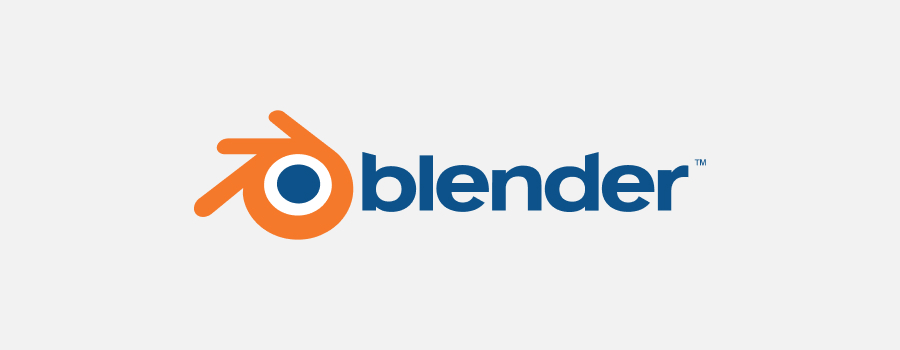
3.Maya
The Maya software is a professional program for generating 3D animation and modeling. It can also be used to build virtual reality (VR) experiences.
Models, animations, and environments can be created using Maya, a 3D animation program developed by Autodesk. This tool offers dynamic editing and development of 3D models to provide realistic animations and special effects In its VR experiences.
Maya comes with a dedicated VR toolset letting developers test and create VR content such as VR cameras and VR animation.
This software is a professional tool widely used in the industry, however, at a beginner level, its user interface and features can come off as a challenge. Yet it offers a high level of control and precision, making it ideal for film and game professionals.
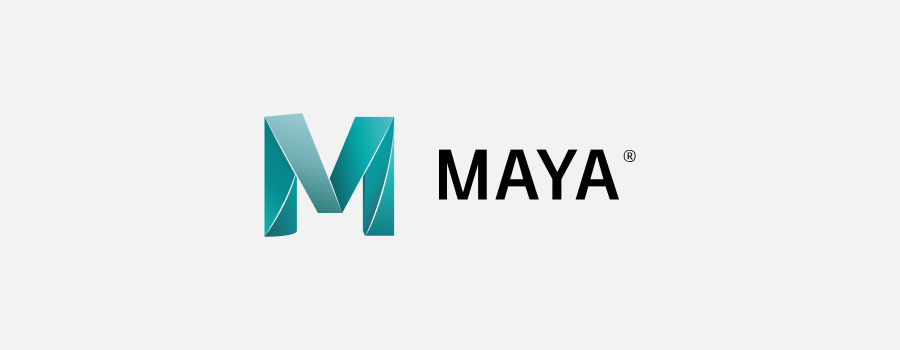
4.Unreal Engine
Unreal Engine is a game engine developed by Epic Games. It is a powerful tool for creating high-quality, interactive 3D content, including games, films, and simulations.
Unreal Engine is mainly utilized by game developers, film studios, and architectural visualization companies. The engine is available in a free, open-source version and has a premium, professional version.
It offers a diverse range of tools and dynamic features such as a visual scripting system, and a built-in physics engine, to support the development of highly immersive virtual reality apps. Moreover, this engine is widely supported by a strong network of developers contributing to the development of the engine while sharing resources, such as tutorials and sample content that provides quality solutions.
Unreal Engine's real-time rendering capabilities allow for highly detailed, realistic environments and characters using a renderer optimized for real-time performance. This is one of its major advantages.
Additionally, Unreal Engine features a wide range of materials and shaders for creating realistic surfaces, as well as tools for creating and editing animations. It supports a variety of platforms, including Windows, Mac, iOS, Android, and Linux.
Within recent times Unreal Engine has gained immense popularity in a number of industries aside from gaming itself opting for it such as film and television, automotive, and much more. This is evident in the fact that this engine supports multi-domain integrations.
Major film projects such as The Lion King and Alita: Battle Angel have utilized this engine in their development process to create highly visualize buildings in real-time

5. A-Frame
This is an open-source web framework that builds three-dimensional virtual reality (VR) experiences utilizing the three.js JavaScript library allowing VR applications to be run on web browsers.
A-Frame comes with its profound ability to get on multiple web browsers making the VR experience accessible to a wider target market.
It is a beginner-friendly VR development tool as it allows developers to create robust VR scenes and work on 3D graphics programming using HTML- tags.
Featuring great flexibility while designing both 2D and 3D scenes it leverages the developers to make their VR experience escape the ordinary and be as realistic as possible.
Moreover, A-Frame offers several popular VR development tools, including the A-Frame Inspector, which allows you to inspect and debug scenes, and the A-Frame CLI which lets you create and publish A-Frame projects.

6.VRTK
VRTK is a virtual reality toolkit offering diverse Unity scripts to provide robust solutions to the problems that occur in the development phase.
It comes with a diverse scope of multiple functionalities such as basic interactions, teleporting, and object manipulation. In addition to the APIs provided by the SDK, that toolkit allows the developers to personalize the toolkit's functionality accordingly and meet their specific requirements
This free toolkit saves development time by providing a consistent set of interactions across multiple VR devices and pre-built assets to quickly add to the VR experience without coding from scratch.
It comes with a variety of development tools including the VRTK Simulator which allows the developers to monitor without a headset and personalize the overall experience accordingly.

7.OpenVR
OpenVR is an SDK VR development tool and application programming interface providing an abstraction layer between VR devices and applications.
This tool is closely related to SteamVR as it serves as an API to it, however, is still available to be used separately.
OpenVR works on multiple VR hardware devices letting developers infer it with a variety of VR software and applications.
OpenVR includes a set of APIs and tools that allow developers to leverage their development process to create quality VR experiences. This is supported by devices such as head-tracking, hand controllers, and room-scale VR
As part of the SDK, developers can also access the underlying VR hardware, allowing them to design experiences tailored to certain devices.
Moreover, the open-source nature of SDK allows the developers to tap into the source code and personalize it according to the project's bottom-line needs. This ensures that the tool is supported by an SDK that is consistent with new updates and trends.

8.Amazon Sumerian
Amazon Sumerian is a platform that allows the creation and deployment of high-quality virtual reality (VR) experiences such as 3D animation, robust simulations, and highly interactive environments.
This tool is powerful for developing highly interactive and immersive VR experiences with multi-domain integration such as gaming, education, training, and much more.
It allows developers to practice all kinds of three-dimensional graphics and work without the need to have superior-level knowledge. Through various scripting tools and pre-build templates catering to a high-paced development process.
Amazon Sumerian supports multiple VR devices such as the Oculus Rift, HTC Vive, and the Samsung Gear VR.
Moreover, it provides an affiliation with multiple Amazon Web Services (AWS) services to integrate natural language processing and image recognition capabilities into the entire VR experience.

9.echoAR
This is a cloud platform for augmented and virtual reality (AR/VR) providing itself as a server-side infrastructure to swiftly build vivid three-dimensional apps in the market.
echoAR allows developers with a tool set and services for building and hosting 3D content that is both web and mobile-based. This allows multiple features to come in handy within the development phase such as web-based drag-and-drop editors and APIs to integrate these models into graphically-realistic applications.
Furthermore, the flexible cloud infrastructure of this platform provides multiple features such as the hosting and streaming ability of three-dimensional content in a real-time manner.
With its set of analytic tools, the developers can easily check up on the number of views, engagement metrics, and user demographics helping them fasten the project delivery time.
Without a doubt, its easy-to-use and implemented capabilities define it as a comprehensive solution for developers working to build highly interactive VR applications.

10.Eyeware Beam Head and Eye Tracking Software Development Kit
This software development kit (SDK) from Eyeware Beam enables developers to add gaze-based interactions to their applications by tracking the user's head and eyes through computer vision and machine learning algorithms. In real-time this tool provides precise and accurate gaze data that can be used to control the user interface, adjust the display, or trigger other actions.
SDKs are designed to integrate seamlessly into existing applications, and they are compatible with Windows, Mac, Linux, iOS, and Android. Additionally, Eyeware Beam supports multiple cameras and can work with both built-in cameras and external cameras, making it versatile and adaptable to different environments.
One of the key features of Eyeware Beam is its ability to provide precise and accurate gaze data, even in challenging lighting conditions or when the user is wearing glasses or contact lenses. This allows for a natural and seamless gaze-based interaction, providing a more engaging and intuitive user experience.
Eyeware Beam SDK can be used in a wide range of applications, such as gaming, research, accessibility, and human-computer interaction. This technology has the potential to create innovative new products and applications, such as gaze-based navigation and gaze-controlled typing. Furthermore, it can even be used in human-computer interaction and cognitive psychology research.

Wrapping Up
Virtual Reality is gonna gain immense popularity in the near future and we can not deny it. Keeping this in mind, it is now high time you adapt and build an iconic VR application that embarks on solid grounds of brand identity affiliated with your business.
In conclusion, there are a variety of VR development tools available for you to choose from when creating and deploying your take on immersive, interactive VR experiences for the target market.
Each tool can be used in a variety of industries, such as gaming, education, and training, to create innovative and engaging VR experiences. It is, however, important to evaluate the different options and choose the right one that meets your specific needs and requirements.
Once you have chosen which tool you need to start your VR app development work on, all you need to do is hire mobile app developers to kickstart your operations.
Another thing to keep in mind is the platform you want your app to be friendly with. Are you looking to build a VR app that is cross-platform compatible or native? If you have an app idea in mind adhering to the Android platform, you must first hire Android app developers with exemplary knowledge of the development tool best suited for your app.
These few major points can effectively help you make the right decision with field-related experts at your side and in turn build you the dream VR app you desire!
FAQs
1.Name some of the most popular VR development tools.
Some of the most popular VR development tools that are used are Unity, Unreal Engine, Amazon Sumerian, and echoAR.
2.Is solid expertise in programming or 3D graphics needed while interacting with VR development tools?
This is totally dependent on the choice of your tool. Tools like Amazon Sumerian, are integrated with visual scripting tools which leverage the developers with beginner-level skill sets to create logic and interactivity for their scenes. Other tools like Unity or Unreal Engine will require some level of programming skills
3.Can VR development tools be utilized to create both AR and VR experiences?
Yes, there are a lot of VR development tools that can be utilized for creating both AR and VR experiences. A few examples are Amazon Sumerian and echoAR.
4.Do all VR devices support VR development tools?
VR development tools provide robust compatibility with multiple diverse tools. Amazon Sumerian, for instance, supports popular VR devices such as the Oculus Rift and HTC Vive, while others may be more limited. It's crucial you look into exactly how compatible the chosen tools are with your VR devices to provide an enhanced experience.
5.Are there any free or open-source VR development tools available?
You can develop VR content using free and open-source tools such as Godot, Blender, and A-Frame. Compared to commercial tools, some open-source tools may have less support and fewer features.
Most Popular

What is IT Staff Augmentation? | TalentVerse

15 Best AI Apps You Should Know In 2023 (Latest Edition)

How Much Does it Cost to Develop an iOS App in 2023 - TalentVerse

Top 5 Benefits of Staff Augmentation for your Business

How to Choose the Best IT Staff Augmentation Company
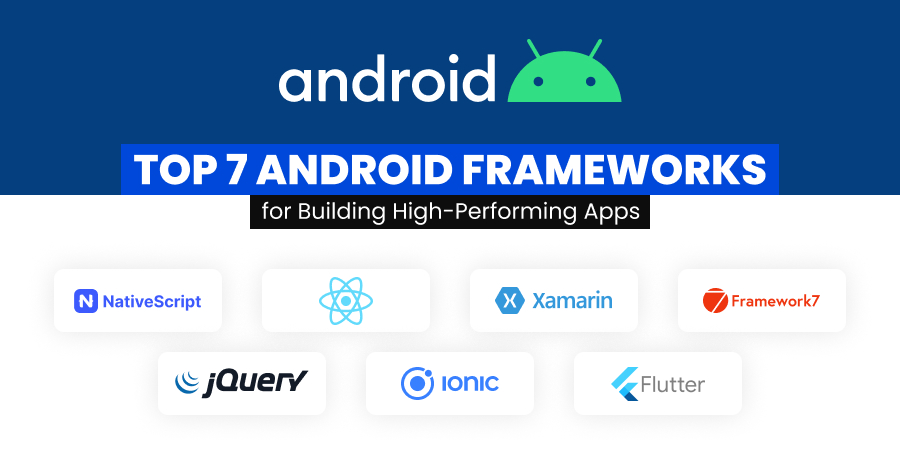
Top 7 Android Frameworks for Building High-Performing Apps

10 Best Tools for VR Development of 2023
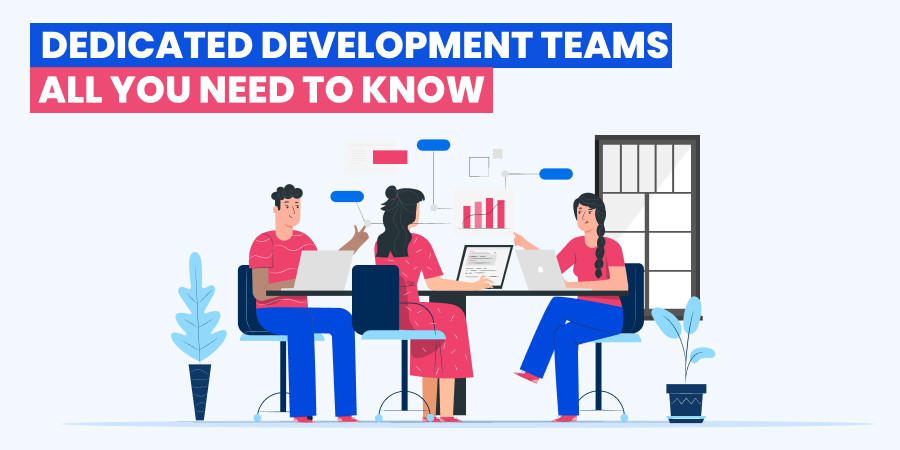
Dedicated Development Team: All You Need To Know
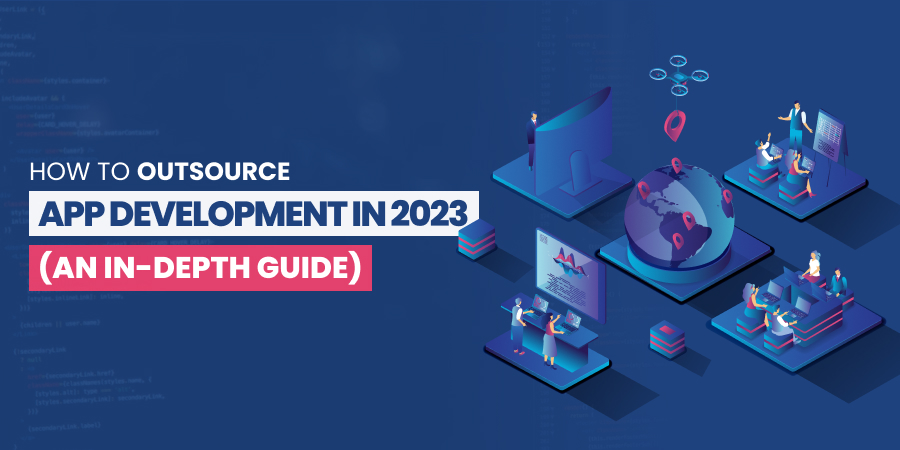
How to Outsource App Development in 2023
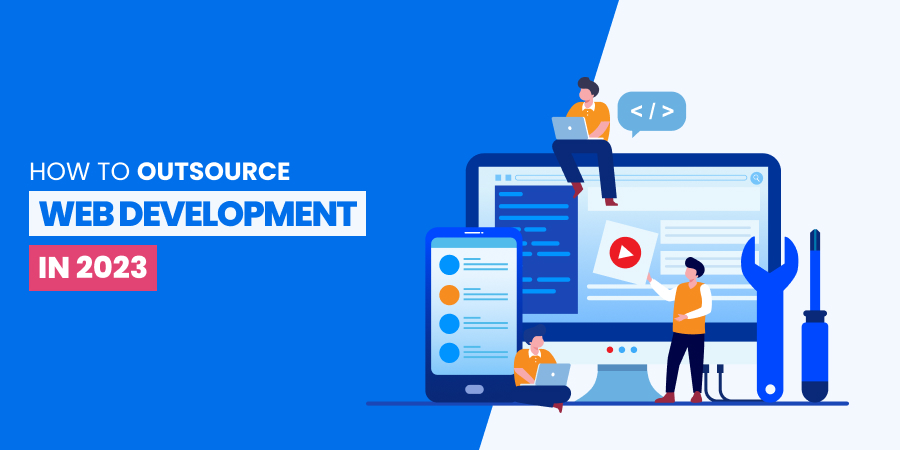
How to Outsource Web Development in 2023









